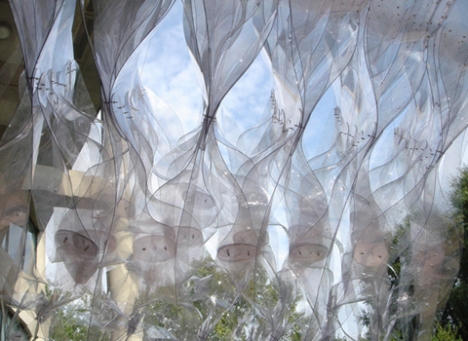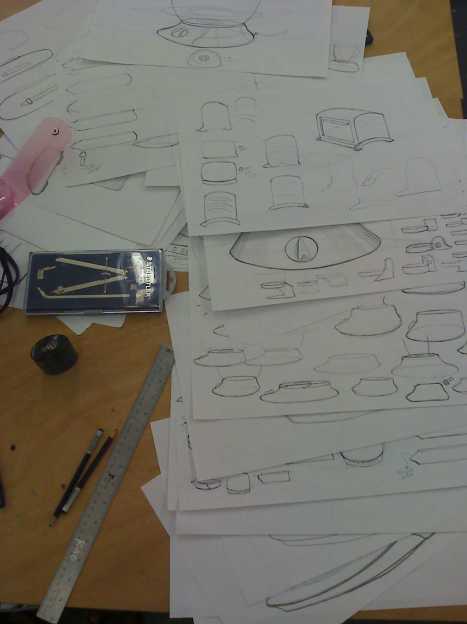I just got back from the IDSA portfolio review, and I don’t think it could have been worse. I don’t really know where to begin… I’m just starting to put together a new portfolio, and I’m not completely done. I do have two projects in it now, and I made sure to tell people that it’s just a work in progress. I just wanted some general feedback and advice. Apparently, that advice is just that I suck and should probably give up. Someone literally said to me that out of ten people, they wouldn’t hire me, and I should spend every single day from now until graduation trying to get better at sketching. Actually, that last comment was prefaced by looking at a page which had some sketches on it, asking me what year I am, and then telling me that I suck at sketching…probably in the meanest way possible. I mean, I feel like that review went beyond “critique” and more into the “attack” category. I don’t know if it’s just because I’m so tired from staying up all night so much working on projects, or if it was just that bad, but I did go cry in the bathroom after that review. It’s a little shameful to admit it, but I did. I mean, I’ve been struggling with some of this stuff for so long that I feel like I won’t ever be able to get it right. A few posts ago, I was questioning whether or not I’m really cut out to be a designer–maybe this evening was a definitive “No, you’re not.”
I don’t want this to hurt my progress on the current project. I’ve just got to keep pushing for another week, and then I’ll have a little rest. I don’t want to let this evening stand in the way of finishing the project I’ve worked SO hard on for the past few weeks. I just don’t know how to deal with this. It would be nice to have a job where I can actually tell whether or not I’m doing a good job and not have to rely solely on someone else’s opinion. I mean, I seriously thought I had some solid work to show in the portfolio review, but I got ripped apart in a whole new way.
I hate everything right now.
Filed under: Uncategorized | 1 Comment »


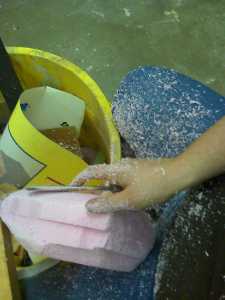
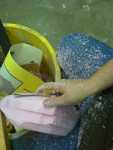
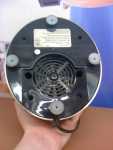

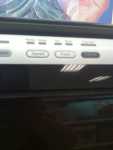
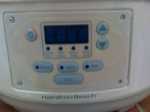
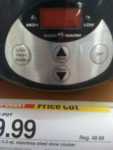
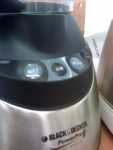

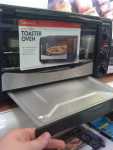
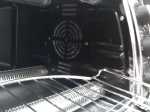
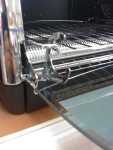

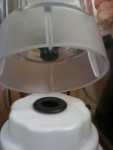

 Guy Uses Laser-Etch Machine to Tattoo Himself
Guy Uses Laser-Etch Machine to Tattoo Himself